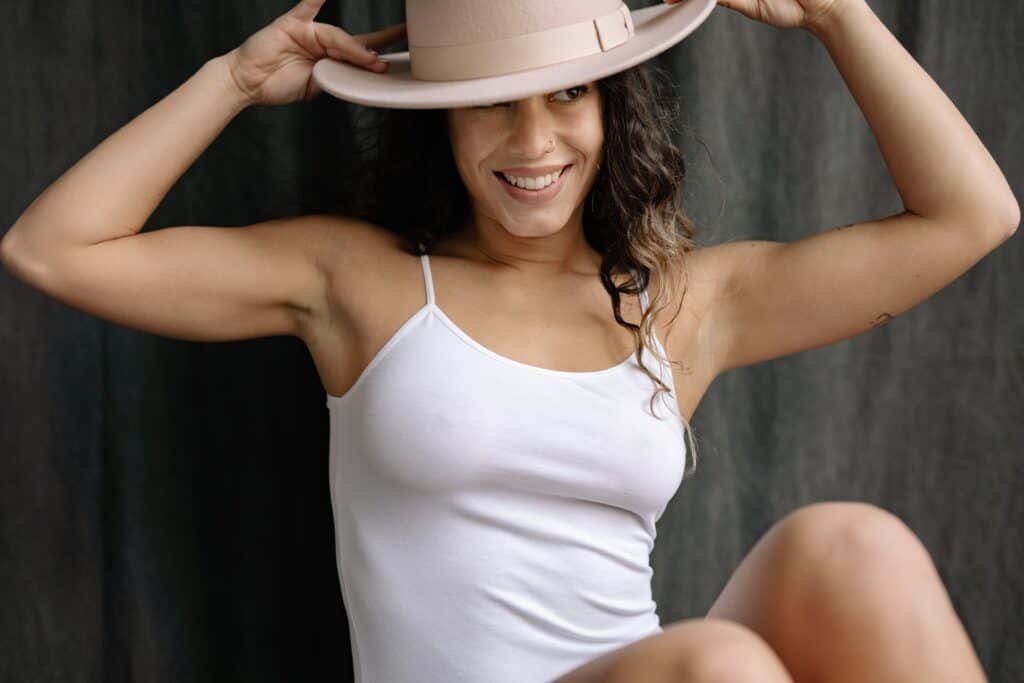Charmeuse fabric flows like liquid light across your skin. Its luminous surface conceals a cotton-soft touch.
This guide illuminates every facet of charmeuse fabric. Discover its strengths and vulnerabilities. Learn to maintain its radiant beauty through seasons of wear.
Short answer: What is charmeuse fabric?
Charmeuse offers stunning drape and luxury but requires careful maintenance. Its beautiful shine comes with susceptibility to snags and wrinkles. Proper handling preserves its elegance for years.
The Basics of Charmeuse
Charmeuse emerges from the satin weave family. This technique produces a glossy face and matte reverse. Silk traditionally forms its foundation.
Modern versions utilize polyester and rayon. The name derives from the French term for “charmer.” Its tactile pleasure justifies this linguistic heritage. Light garments benefit from its fluid movement.
A Quick Look at Its History
Early 20th century fashion embraced charmeuse. European couturiers selected it for evening ensembles. American households welcomed it through lingerie patterns. Contemporary runways continue its legacy. The fabric’s timeless appeal transcends seasonal trends.
Key Characteristics of Charmeuse Fabric
Luxurious Appearance
Light dances across charmeuse’s woven surface. The satin construction creates natural radiance. Draped garments display liquid elegance. Formal occasions demand its refined presence. Candlelight amplifies its inherent glow.
Super Soft Feel
Charmeuse greets skin with velvety submission. Its smooth texture minimizes friction. Sensitive complexions find comfort in its embrace. The material conforms to body contours without resistance.
We specialize in customizing scarves, hats, clothing and accessories. Please feel free to contact us.
Pros and Cons of Charmeuse Fabric
The Advantages
Beautiful drape distinguishes charmeuse from ordinary textiles. Garments float around the wearer’s form. Lightweight construction enables all-day comfort. The material’s breathability suits various climates. Gentle softness makes it ideal for intimate apparel.
The Disadvantages
Delicate fibers demand mindful handling. Snags appear with rough contact. Slippery texture challenges sewing beginners. Wrinkles establish themselves during storage. Special care extends its lifespan.
How to Care for Charmeuse Fabric
Washing Your Charmeuse
Cold water preserves fiber integrity. Mild detergent prevents chemical damage. Hand washing offers safest cleaning. Machine cycles require mesh protection. Dry cleaning guarantees professional results.
Drying and Ironing
Air drying maintains structural integrity. Lay flat methods prevent distortion. Avoid direct heat sources. Iron inside out using steam. Press don’t drag across surface.
Storing Charmeuse Items
Cool darkness prevents color fading. Loose folding avoids permanent creases. Separate compartments prevent snagging. Breathable covers allow air circulation. Cedar blocks deter insect visitors.
Common Uses of Charmeuse Fabric
Fashion and Apparel
Evening wear showcases its dramatic potential. Lingerie utilizes its skin-friendly properties. Blouses gain sophisticated shimmer. Neckties achieve refined drape. Scarves float with ethereal lightness.
Home Decor and Other Uses
Pillowcases impart bedtime luxury. Curtains filter sunlight through luminous layers. Table runners elevate dining experiences. Bed canopies create dreamlike enclosures.
Charmeuse vs. Similar Fabrics
Charmeuse vs. Satin
Satin defines the weave structure. Charmeuse specifies lightweight satin. Traditional satin feels more substantial. Charmeuse offers superior softness. Both share characteristic shine.
Charmeuse vs. Chambray
Chambray presents casual cotton construction. Charmeuse embodies formal elegance. These textiles occupy opposite aesthetic realms. Their appropriate contexts rarely overlap.
Frequently Asked Questions
1. Is charmeuse fabric expensive?
Silk varieties command higher prices. Synthetic versions provide affordable alternatives. Quality determines actual cost.
2. Can charmeuse fabric be used for wedding dresses?
Bridal designers frequently select it. The material photographs beautifully. Its movement enchants in ceremonies.
3. How can I prevent my charmeuse garment from snagging?
Remove jewelry before wearing. Smooth surfaces before storage. Handle with clean hands.
4. Is charmeuse suitable for summer weather?
Silk charmeuse breathes wonderfully. Synthetic blends might feel warmer. Loose garments enhance comfort.
5. Can I repair a snag in charmeuse fabric?
Fine needles coax threads back. Professional restoration works best. Some imperfections become character marks.
6. Why is my charmeuse garment losing its shine?
Abrasion dulls luminous surfaces. Proper care maintains radiance. Age develops patina.
7. What is the difference between charmeuse and crepe back satin?
Crepe back offers reversible options. Charmeuse maintains consistent backing. Both have distinctive textures.
8. Are there eco-friendly versions of charmeuse?
Recycled polyester options exist. Organic silk reduces chemical use. Sustainable production evolves constantly.
9. Can charmeuse be dyed at home?
Fiber content determines success. Silk accepts natural dyes beautifully. Synthetic dyes require specific formulas.
10. How can I tell if my charmeuse is real silk or polyester?
The burn test provides answers. Silk smells like burnt hair. Professional testing offers certainty.
We specialize in customizing scarves, hats, clothing and accessories. Please feel free to contact us.



